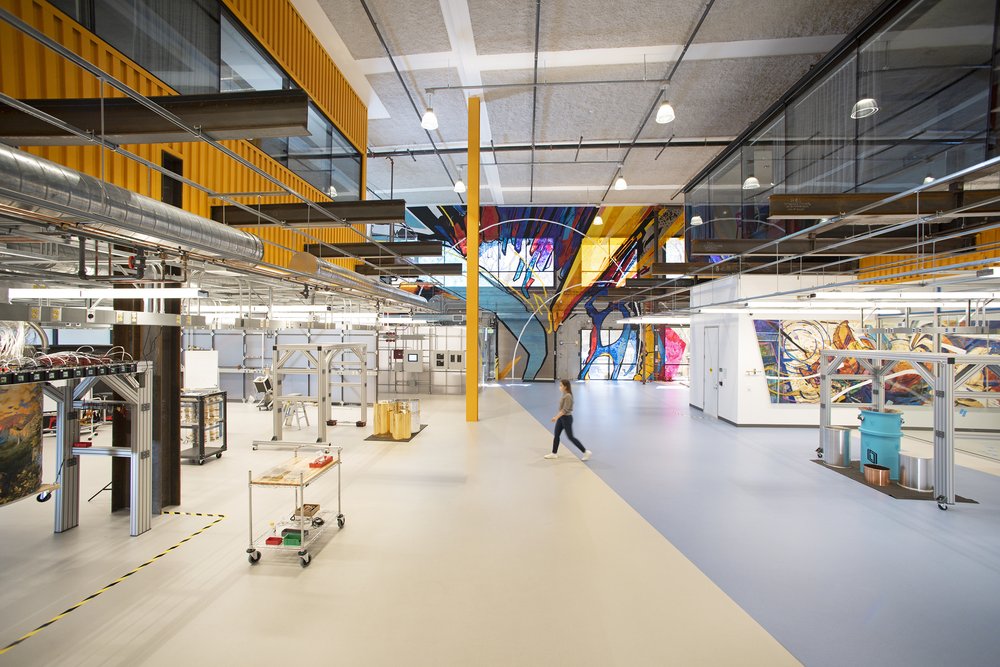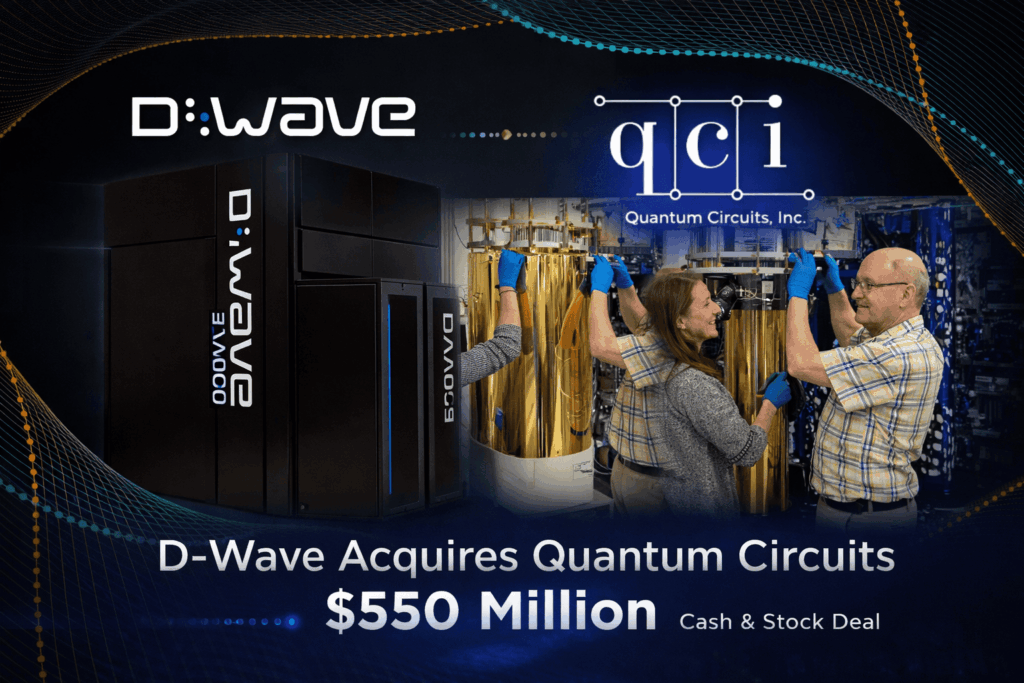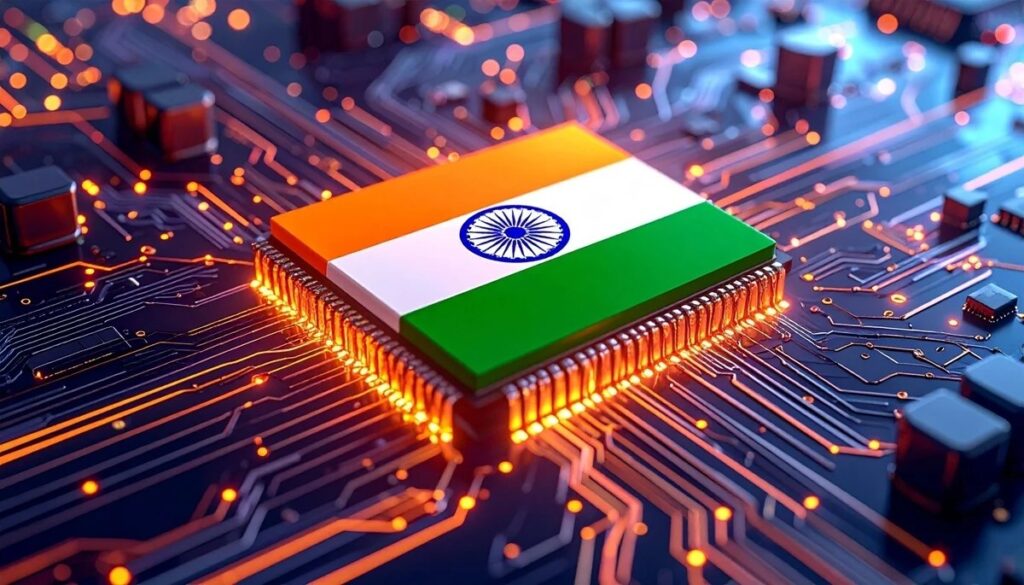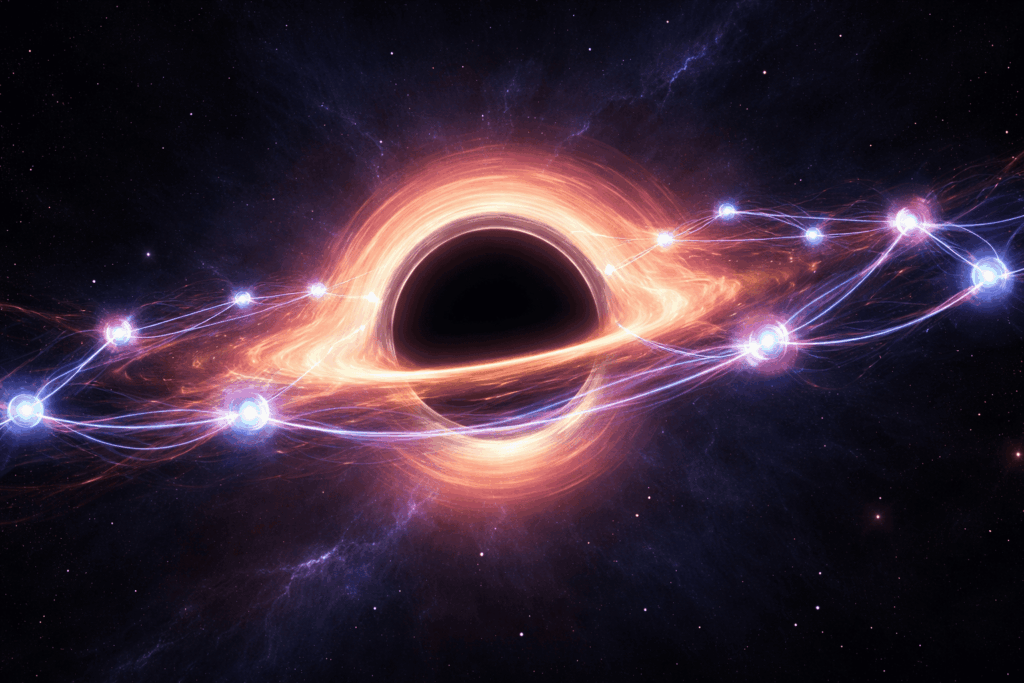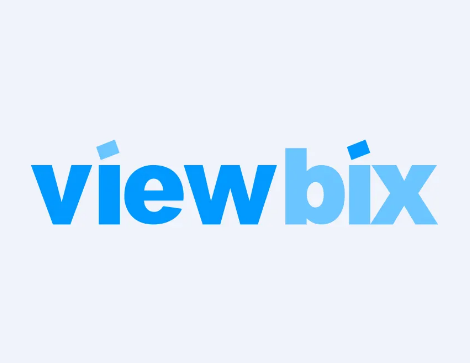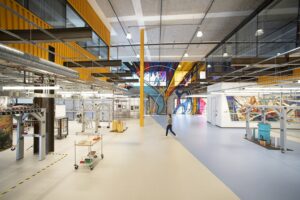
During Google’s much-anticipated I/O 21 keynote address and in a blog post, the company made it clear that its quantum aspirations did not end in the 2019 declaration of quantum supremacy. The company plans to have a useful, error-corrected quantum computer by 2029.
Eric Lucero, lead engineer at Google Quantum AI, writes in the post that the company wants people using the device for important tasks.
“This will accelerate solutions for some of the world’s most pressing problems, like sustainable energy and reduced emissions to feed the world’s growing population, and unlocking new scientific discoveries, like more helpful AI,” writes Lucero.
Google is on a mission to build a room-sized error-corrected quantum computer with 1,000,000 physical qubits — much bigger than today’s systems that typically contain fewer than 100 qubits.

“To get there, we must build the world’s first ‘quantum transistor’ — two error-corrected ‘logical qubits’ performing quantum operations together — and then figure out how to tile hundreds to thousands of them to form the error-corrected quantum computer.”
Lucero said this will take years.
“To get there, we need to show we can encode one logical qubit — with 1,000 physical qubits. Using quantum error-correction, these physical qubits work together to form a long-lived nearly perfect qubit — a forever qubit that maintains coherence until power is removed, ushering in the digital era of quantum computing,” he added.
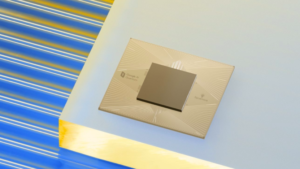 But even that’s not the final step.
But even that’s not the final step.
“And to get THERE(!), we need to show that the more physical qubits participate in error correction, the more you can cut down on errors in the first place — this is a crucial step given how error-prone physical qubits are,” Lucero writes.
According to The Quantum Insider, Google uses a superconducting qubit approach. One of the issues with this approach is that the device’s complex engineering could hinder the ability to scale beyond a few hundred qubits. If the team has a new way to manage this problem, they did not mention the work-around.
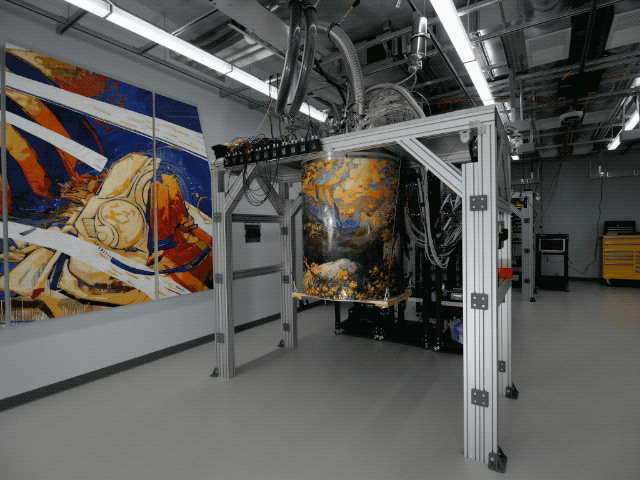
Making Quantum Useful
Lucero offered a few examples of where quantum computers can help in cleaning the environment, such as building better batteries, or creating fertilizers in sustainable ways. Developing targeted medicines are another possibility.
All of these tasks require accurate simulations.
“But you can’t simulate molecules very well using classical computers,” Lucero writes. “As you get to even modestly sized molecules, you quickly run out of computing resources. Nature is quantum mechanical: The bonds and interactions among atoms behave probabilistically, with richer dynamics that exhaust the simple classical computing logic.”
Quantum computers, which are best adapted for these types of simulation tasks, make a natural helper in these tasks — and more.
Lucero added, “With an error-corrected quantum computer, we’ll be able to simulate how molecules behave and interact, so we can test and invent new chemical processes and new materials before investing in costly real-life prototypes. These new computing capabilities will help to accelerate the discovery of better batteries, energy-efficient fertilizers, and targeted medicines, as well as improved optimization, new AI architectures, and more.”

New Facilities
Google also unveiled the new Quantum AI campus in Santa Barbara, California. This campus includes the group’s quantum data center and quantum hardware research laboratories. The group even has its own quantum processor chip fabrication facilities.
The campus contains the group’s large-scale research labs, fabrication facilities, quantum data center, and the first quantum computer to ever demonstrate beyond classical computational ability.
For more market insights, check out our latest quantum computing news here.

